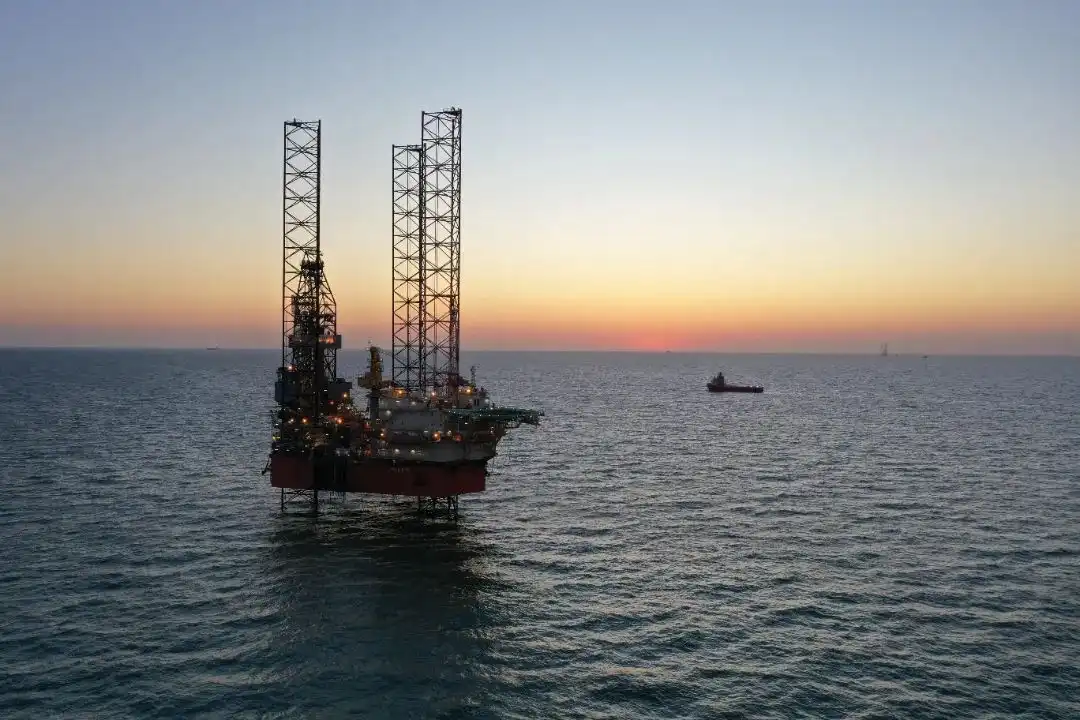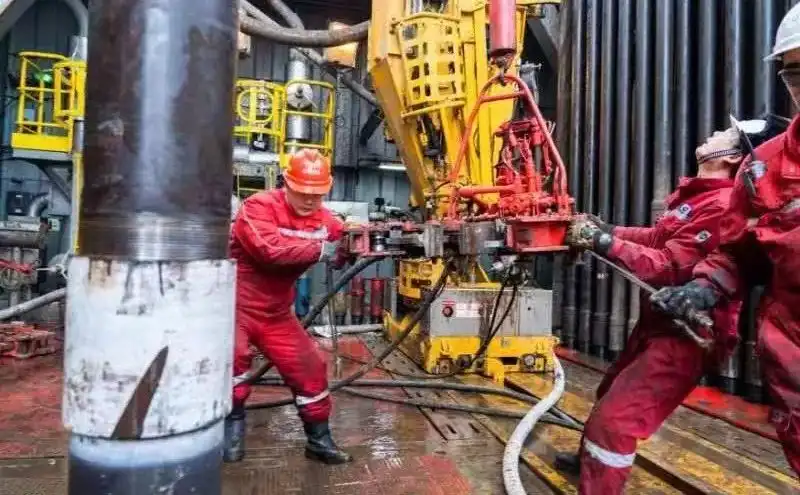A large well with high production of oil and gas discovered at a depth of more than 5000 meters in Bohai Sea
On March 25, CNOOC announced that China had discovered a high-yield oil and gas well by drilling in a formation exceeding 5000 meters in the Bohai Sea. The daily oil and gas equivalent was tested to be nearly 1400 cubic meters, setting a record for the highest daily production of deep offshore oil and gas exploration wells in China. It is of great significance to further explore deep ocean oil and gas resources and ensure national energy security.

The well is located in the central Bohai Sea, close to the Bozhong Sag, the largest hydrocarbon-rich depression in the Bohai Sea. The structure is a volcanic reservoir. The daily production of crude oil is 855 cubic meters and natural gas exceeds 500,000 cubic meters, equivalent to an oil and gas equivalent of about 1400 cubic meters., the exploration prospects are broad.

"From the perspective of China's offshore oil and gas exploration practice, formations with a buried depth of more than 4500 meters are usually called ultra-deep layers. The exploratory well we deployed is buried in a buried hill of more than 5000 meters on the seabed. The formation temperature exceeds 180 degrees Celsius and the pressure exceeds 70 MPa. It is a rare high-temperature, high-pressure ultra-deep oil and gas well in China. It is not easy to complete drilling and obtain high yields." Zhou Jiaxiong, deputy general manager of CNOOC Tianjin Branch, said.

Volcanic buried hills in the Bohai Sea are widely distributed, with the characteristics of rapid lithology changes and strong reservoir heterogeneity. Exploration is extremely difficult and has not been broken through for many years. They belong to the traditional exploration "forbidden zone". In recent years, CNOOC researchers have explored and proposed the theory of deep oil and gas exploration in extension-strike-slip composite fault zones, continuously innovated lithology and lithofacies prediction methods, independently developed buried hill fluid identification technology, and successfully predicted high-quality reservoir development areas of volcanic rocks buried hills in the Bohai Sea. High-yield oil and gas wells were explored. Previously, under the guidance of this theory, several deep 100 million-ton oil fields, including Bozhong 26-6 and Bozhong 13-2, were discovered one after another.

Xu Changgui, deputy chief exploration officer of CNOOC Exploration, said that the successful drilling of this well has opened up a new field of offshore ultra-deep oil and gas exploration, effectively confirming the exploration potential of hidden buried hills in the Bohai Sea. At the same time, the theoretical and technological breakthroughs of deep oil and gas exploration in the extension-strike-slip composite fault zone have further strengthened the technical confidence of scientific researchers in deep and ultra-deep exploration, and have positive significance for accelerating the deep-ultra-deep exploration process in the Bohai Sea and building a trillion-square-square atmospheric area at sea.
